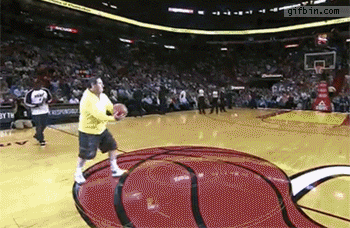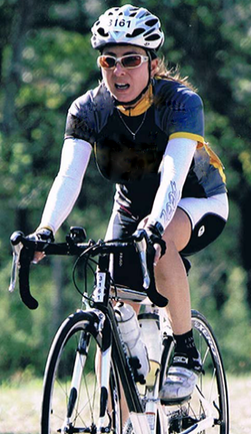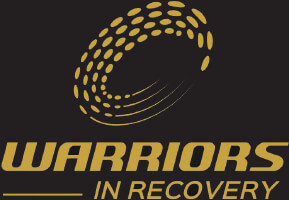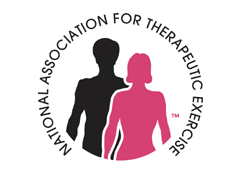O.K., let’s go back to a previous blog where I talked about Kinesthetic awareness (Click Here). In my blog entry from May 2017, I talked about the being able to “feel” what your body is doing and how stresses over time can affect your kinesthetic sense (sense of body movement). Like drops in a bucket; your body’s proprioception sense can also become distorted with age, injuries, repetitive motions, and other life stresses.

Imagine that you are in your living room and it is solid pitch black. You can’t even see your hand in front of your face. As long as your dog didn’t get in your way or something like that, then you’d probably be able to walk across it without tripping over anything. Right? You’d know exactly where you are in your room and you’d know if whether your right or left foot was in front of the other as you walked across it. You’d rely on your sense of balance to know whether or not you are standing up or sitting down in a chair. You’d know where your body is in space without having to actually see it. That’s known as your sense of proprioception.
In other words, it’s our capability to sense our body’s position or balance.
Where does our sense of proprioception originate? In our joints, tendons and yes, in our MUSCLES! Throughout our body we have a bunch of tiny little sensors that are located in our body in almost all of our muscles. These receptors located within muscles and are known as “Muscle Spindles.” Muscle spindles are the receptors in our body that communicate to our brain giving it all sorts of feedback.
Muscle spindles are sensitive to stretch that occurs in muscle contractions. It’s this stretch in muscle contractions (say, when you lift something) that also stretches the muscle spindles within the muscle and which causes the sensor to send information to the brain. This is how you’re able to tell exactly how contracted or relaxed every single muscle in your entire body is at any given moment. This sense is what allows us to know where our body is in position and balance too.
You might ask…isn’t this the same as Kinesthesia? No? Well, what’s the difference?
The difference is that kinesthesia is talking about the movement of your body. A way to differentiate between the two senses is that proprioception can be thought of as a cognitive awareness of your body. It’s more of an understanding or comprehension. Its a little bit more subconscious. You are not always thinking about where exactly your body is in space, how’s it’s oriented when you’re walking or if you’re running. You are not overtly thinking about it.
On the other hand, kinesthesia is more behavioral and conscious. Like trying to make a basketball shot. You are constantly shooting the basketball. Sometimes you miss, sometimes you make the shot from where you are positioned on the floor…but every time you actually shoot the ball your body is able to detect exactly HOW it’s shooting. Over time, you are able to learn things like, that if you move in a certain way that you are able to sink more baskets. You are able to detect what that movement is and learn how that movement improves your shooting skills or to better perform whatever task is at hand.

Proprioception and Kinesthesia are NOT the same, but the two senses DO share a lot in common. They both can also be negatively impacted by an accumulation of stress, trauma and overuse on the body. If you don’t believe me, then take a look at any NBA player on any given day and you’ll see games where someone is shooting lights out and makes just about every shot he takes. Then on the next night, that same player can’t seem to buy a bucket if he tried. If you asked the player, they’d say it was just an “off” night for them. When in fact it’s a combination of these two senses (Propriorception and Kinesthesia) being negatively impacted by a number of body stresses. Why do think the Pros are painstakingly going to such lengths to study recovery enhancement and injury prevention?
Just like mileage can impact the performance of your car if you do not keep up its regular maintenance…age, stress, trauma and over use is like mileage on the body’s muscular system tolerance levels. It’s this delicate balance in the body that every team and athlete is constantly striving for in order to improve performance. Its why so many teams are performing biomechanical screenings and tracking their players’ rest, employing “shot docs”, designing custom training/PT routines, and tracking playing minutes with high tech software. Teams are trying to identify that magic formula with data.

However, here in lies the flaw with the above formula…there really isn’t any way to measure someone’s proprioception or kinesthesia senses. You can’t purchase software that can do this or can a player report how these senses “feel” on a scale from 1 to 10 each day. Think about that last one…how can anyone really “feel” whether or not his nervous system is slightly off? We can certainly feel stiff or tight, but how can we measure how much this affects proprioception or kinesthesia?
EXACTY…it’s impossible! There’s no magic number or guarantee. Yes, there are “indicators” but how do you know how genuine the software indicators are? There’s NO protocol, because no two bodies are the same…and this is also the reason why I stay so busy – LOL!
Cheers,
Drock

Want to learn more about improving your functional movement and sports performance? Then follow Dianne on her blog https://dtasmblog.wordpress.com
Dianne Rockefeller is a Athletic Performance Therapist, Licensed Massage Therapist, Certified Muscle Activation Specialist, MAT Certified Jumpstart Trainer, National Academy of Sports Medicine – Certified Personal Trainer, Certified Orthopedic Manual Therapist, Certified Myoskeletal Therapist, Certified Kinesio Taping Practitioner, and Certified Cupping Therapist. She treats athletes of all levels, from youth to professional, ALL sports. She brings a very unique perspective to manual therapy utilizing her experience with motion analysis and sport. Her blend of advanced integrated skills along with practical and rehabilitation experience deliver exceptional results. Dianne is a self-proclaimed scholar of “Applied Performance Manual Therapies”. Contact Dianne at drock@dtasm.com or 210-973-4848.







